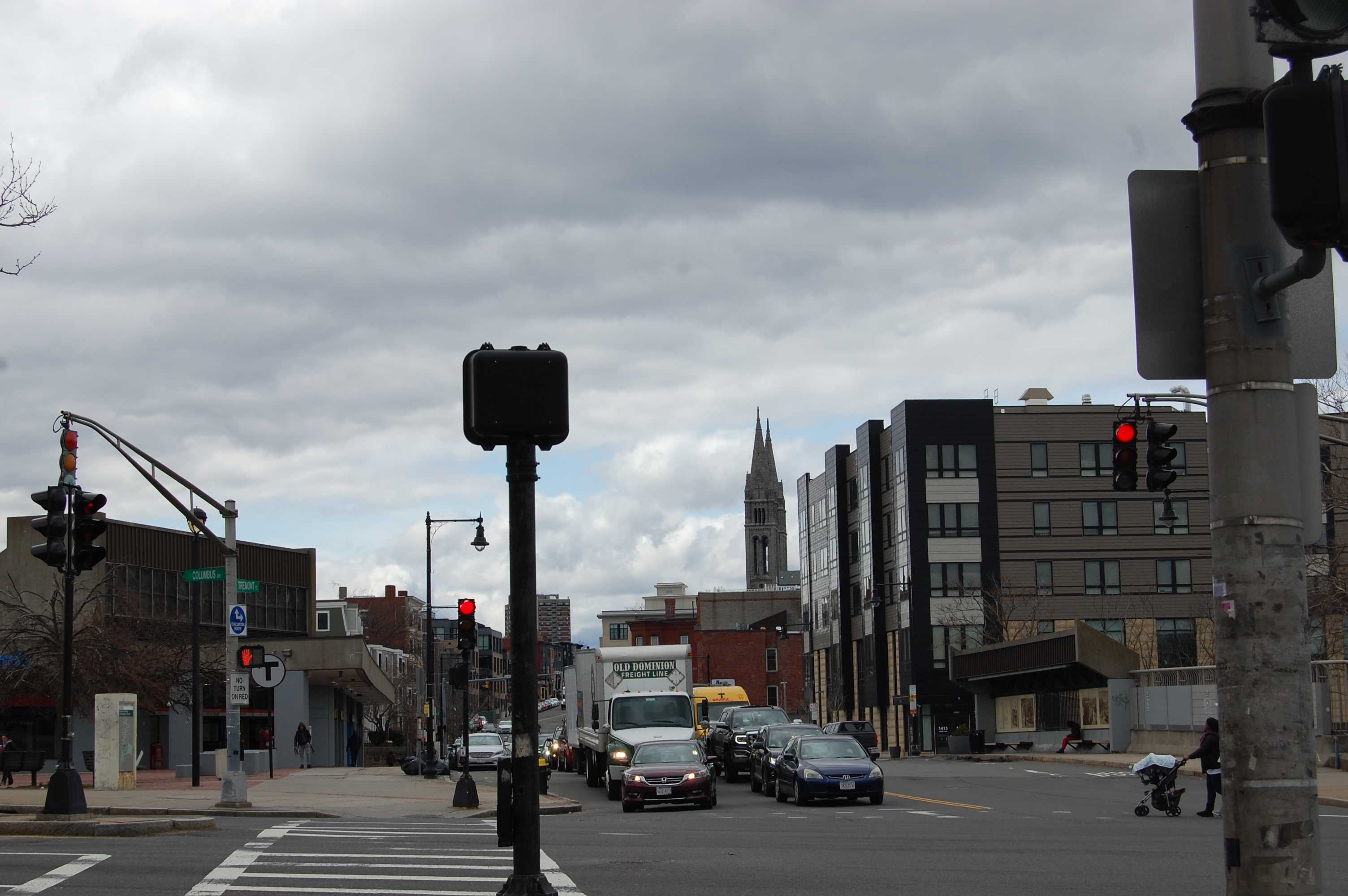Rising student population impacts Boston religious centers
April 18, 2018
Father Philip Dabney moved to Mission Hill well after the tidal wave of college students began sweeping into the neighborhood. Dabney, a priest at the grand Catholic basilica on Tremont Street known locally as the Mission Church, has been living in the Hill for nine years. Though many of the rowhouses that cram the neighborhood are rented by college students rather than families or older people like him, he said he likes living there.
His biography on the church’s website reads: “For me, the community life and the parish ministry are ‘as good as it gets.’” He said the area has improved during his time here, with many new shops and cafes opening since he arrived from Baltimore in 2008.
But the church he calls home — a massive, historic edifice built almost 150 years ago called Our Lady of Perpetual Help — is struggling for attendance and money in this era of university expansion and student rentals. Other religious institutions in the area are adapting their strategies to fit the new population of the inner city, but it appears the Mission Church may be straggling far behind.
“I wouldn’t say that the basilica is what it used to be,” Dabney said. “I wouldn’t even describe it as a parish church.”
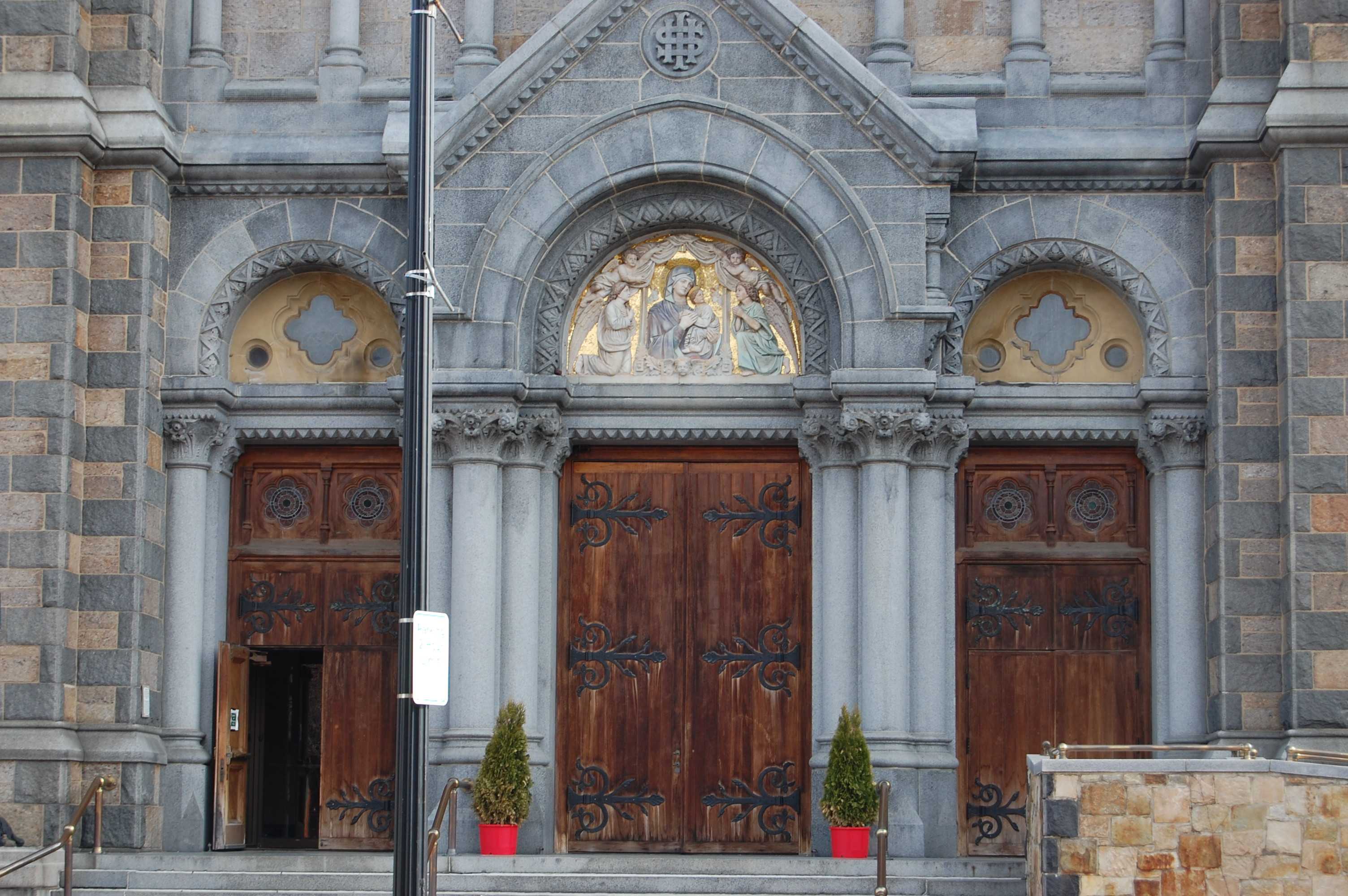
The problem the church faces is one many other local institutions and longtime residents contend with: adapting to a new local topography and demographic norm. The area saw waves of ethnic and socio-economic shifts throughout the 19th and 20th centuries, but this one is different. More and more of the old houses on Mission Hill are packed with students from some of the handful of colleges and universities nearby, including Northeastern and Wentworth Institute of Technology.
According to the Boston Planning and Development Agency, 29 percent of Mission Hill’s population was children under the age of 18 — which indicate family households — in 1970, but this number dropped to 19 percent in 2000. At the same time, the population as a whole grew younger, thanks to an uptick in college students.
Barry Bluestone, a renowned political economy professor at Northeastern who works on a housing “report card” each year for the Boston Foundation, said a third of the city’s population was made up of 20- to 34-year-olds in 2000. Between 2000-2010, nearly 75 percent of Boston’s new residents were in that age range.
“The way that has affected housing is that young people are linking up with a mate much later in life and having children later in life than, say, their grandparents,” Bluestone said. “The result is that folks are coming here, and after maybe living in dorms for a year or two they move out into the private housing market. Often, they’ll have a roommate, or two or three or four. That has had a tremendous impact on the housing market.”
He described a series of three “demographic revolutions” for the city: the massive waves of European immigrants between 1870-1920, a move to the suburbs as men returned from World War II and today’s college student phenomenon.
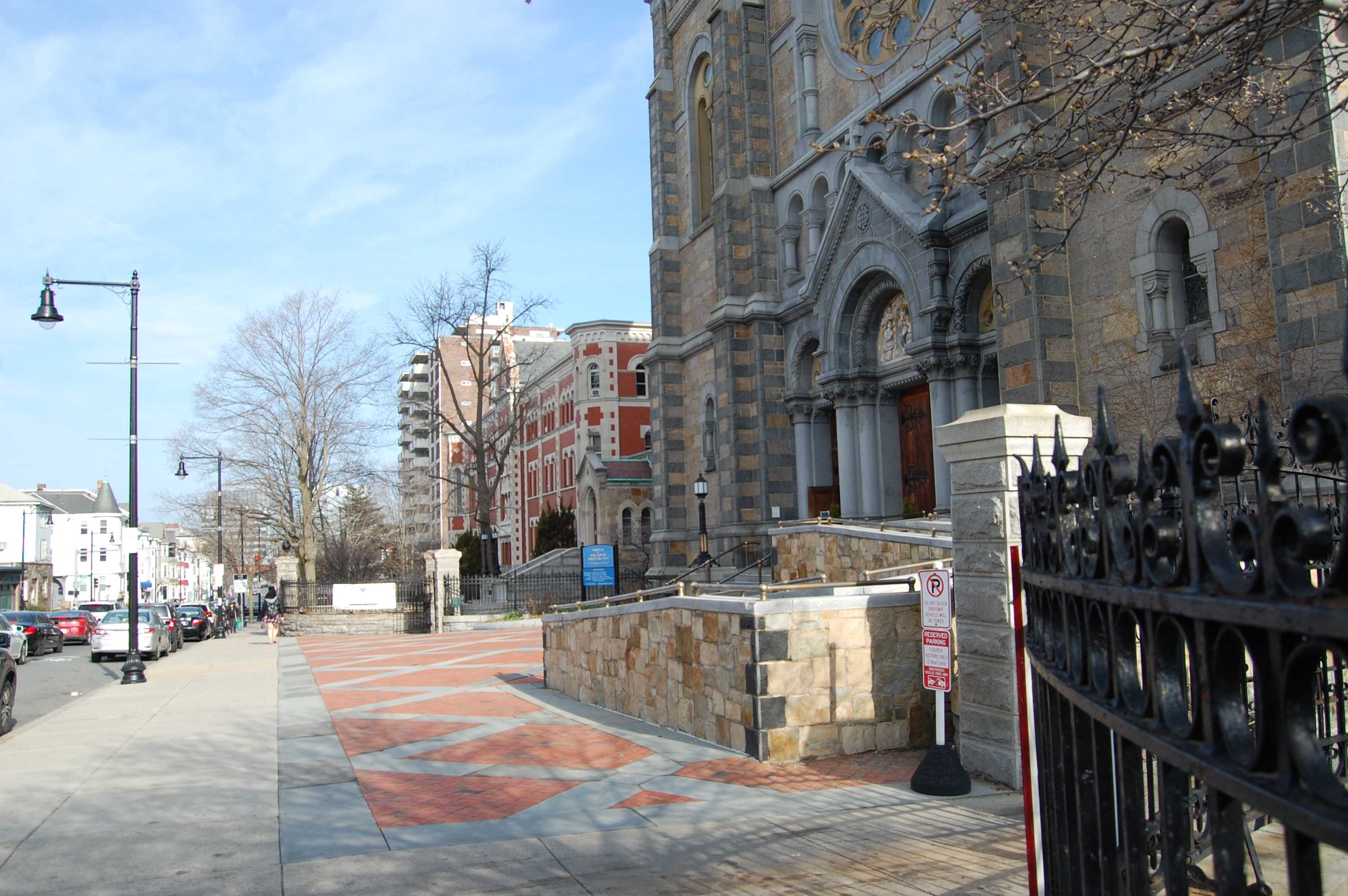
“Now we have this third revolution where we have this influx of young people and an older population who are empty-nesters and are starting to look into getting out of big, single-family homes and into a condo or something,” Bluestone said.
Dabney said his church has seen decreased daily and weekly Mass attendance and is hurting financially, although he didn’t want to discuss specific numbers. The attached school, which thrived in the 20th century, is no longer owned by the church and has much lower enrollment. What caused this storied religious center’s decline?
“To be honest with you, our greatest weakness is we have no parking lot,” Dabney said.
He said many of the church’s congregants relocated to the suburbs long ago for a multitude of reasons. Not least of which is students moving into the neighborhood, driving up rent and hosting loud parties on the weekends. He said many of the people who moved away “still have a great love” for the place, but rarely come to the church other than for special occasions, partly due to the hassle of driving and parking in inner Boston.
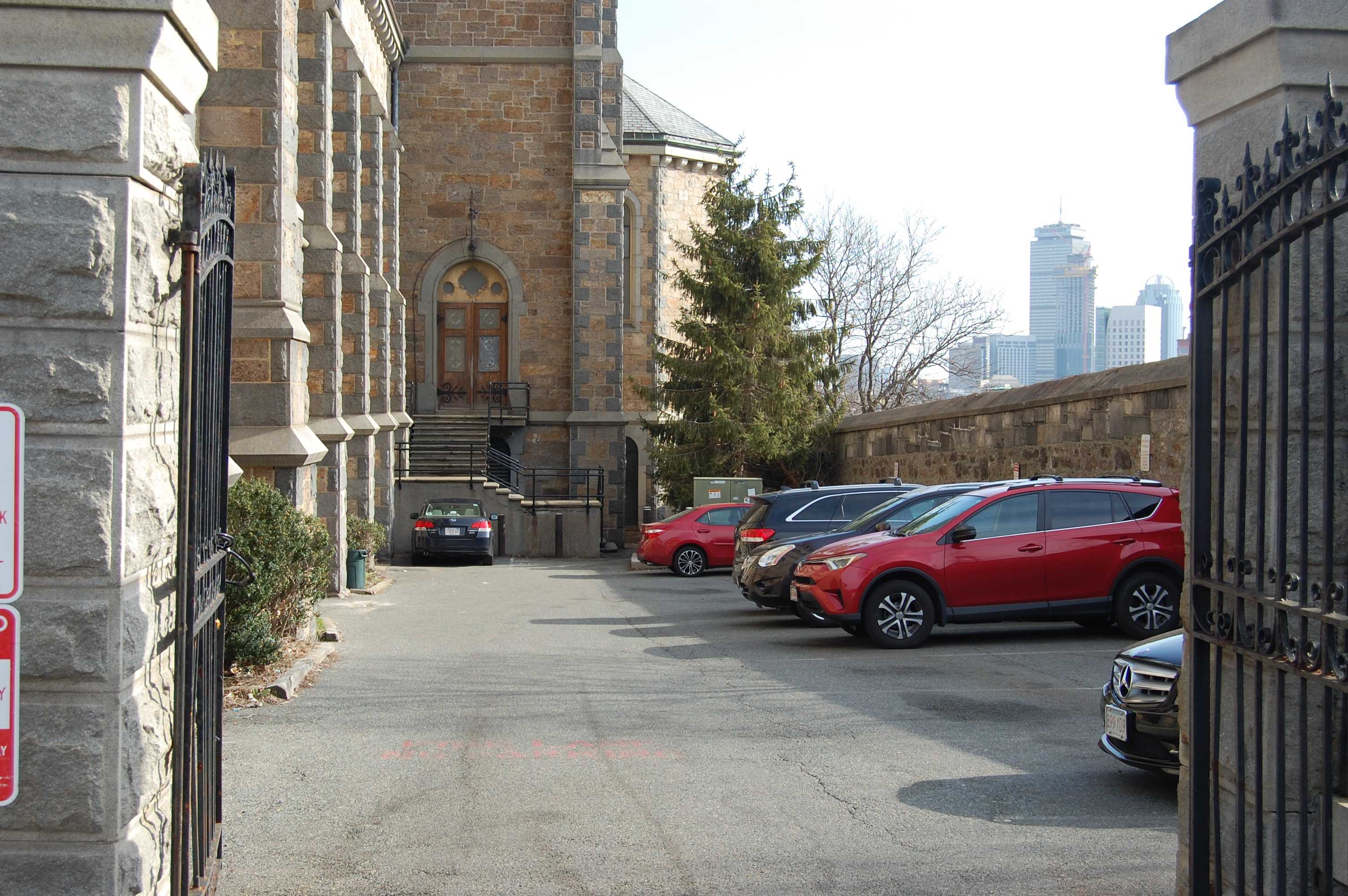
As a result, churches now have to market themselves to a new audience. Different institutions take different approaches to the challenge.
The Christian Science Church, the worldwide headquarters of the religion, is a prominent landmark on Massachusetts Avenue, a few blocks from Northeastern and even closer to Berklee College of Music. Ingrid Peschke, a spokesperson for the church, said leaders prize their place in the community.
“We’ve always been a university town,” Peschke said. “We’re really close to Berklee and Northeastern. I used to work in that long colonnade building that flanks the reflecting pool — we share that with Northeastern now. We sold a piece of land that became a dorm for Berklee. We care a lot about our university neighbors.”
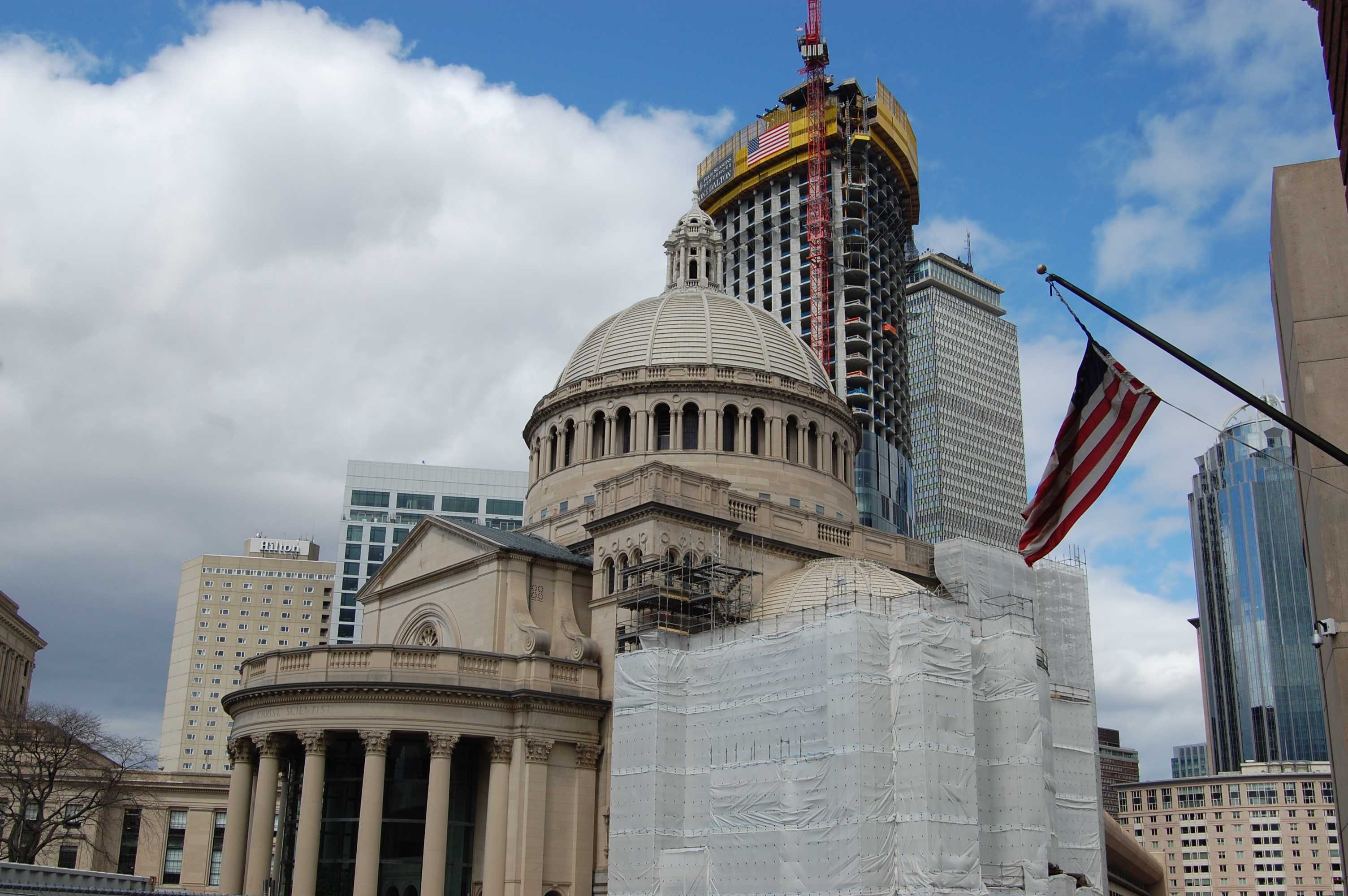
The church has embraced the use of the internet to promote itself to a younger audience, Peschke said. They engage on social media and offer sermons and lessons through webcasts.
“I do think with the demographics of the city, we’ve always had a sense of those are our neighbors and we want to make sure they’re feeling welcome,” she said. “The various tools, like the internet, have helped us become accessible to them.”
Brooks Helmick, a member of the church who often works as an usher, said the church’s message — particularly having the word “science” in the name — intrigues a lot of people coming to Boston to study.
“A lot of people come here because they walk by and hear ‘Christian science’ and that’s not something you hear together very often,” Helmick, a longtime Bostonian originally from West Virginia, said. “There was a postdoctoral scholar from MIT who was walking by with her 6-year-old and saw the word ‘science’ and thought, ‘I’m a scientist, I should check this out.’ And her daughter goes to our Sunday school now.”
Helmick, like Peschke, said they’ve moved out of traditional media formats, like print newspaper ads, and into social media. He said the Christian Science Monitor, the global media outlet associated with the church, is struggling to make the adjustment to the digital age as well.
The Mission Church may not be adapting to new targeting and outreach strategies as much. Father John Furey, a priest who has been at the church for almost all of his 84 years, admits not much has changed about the church’s programming in the last eight decades.
“I see that the priests that are here now are pretty much the same as the ones from before,” Furey said. “There’ve been no real great changes that I can see except that the priests in the past were living in a different era. There’ve been a lot of changes in the world. But otherwise, the priests are pretty much doing the same things they were doing when I was there.”

Dabney, the Mission Church priest, said student participation is a weakness for the church.
“That’s where we feel as though we are limping,” Dabney said.
He described what used to be a thriving part of the community: The attached school used to provide “superb” primary and secondary education to hundreds at a time. The school has since been sold from the church’s possession and is much smaller.
In the 1960s and 1970s, Dabney said, increased crime, poverty and drugs drove out many Irish families who made up the base of the church and the neighborhood.
“People who left the neighborhood still have a great love for the church because they grew up here,” Dabney said, “but they don’t come back except for funerals and weddings, because they still think it’s what it was in the ‘60s and ‘70s. They still think it’s a dangerous neighborhood, which it isn’t.”
The Mission Church speaks of a proud and rich history, but other groups, much like the Christian Science Church, are more proactive in trying to adapt. The Islamic Society of Boston, or ISB, a mosque located in Roxbury not far from Northeastern or Mission Hill, is embracing its environment.
“We’re across the street from a T stop and we’re very, very accessible,” said Abdul-Malik Merchant, an imam at ISB. “Sixty-four percent of our congregants are under 34. The largest part of our constituency actually is young people. And so we have to engage everything we do based on that.”
He said they plan much of the mosque’s programming with youth in mind. Leaders are mindful that many of their congregants are students from overseas and may be accustomed to different traditions than one would find in a Boston mosque. They provide mental and spiritual counseling, Merchant said, because young people are “very comfortable” with it.
“That’s something they want and need,” Merchant said.

Contrarily, Furey described college students with a touch of resentment. They were, in his view, the cause of his church’s fall from its heyday.
“They don’t think Christ is the center of anything,” Furey said of the waves of students moving into the area. “He’s just someone else, and for me, without him they can’t do very much. They consider people like me to be medieval. Living in the past. I certainly don’t feel that way. I think they’re the ones who are doing a lot of harm, both to themselves in this life, and in the next life more.”
Merchant viewed the student population as a resource, like a recruiting pool for a college football team.
“A team can plan on certain people being there for four years or so. But the problem is once they graduate, they have to rebuild their team. Sometimes that’s the case for us at the mosque,” Merchant said. “Our core constituents are in town and readily engaged, but after they finish their studies or whatever type of program it is, they’re going to go back to wherever they’re from, and we’ve lost some very key volunteers and very dear community members. But it constantly gives us a feed of new people.”
The Jehovah’s Witnesses take a proactive, but respectful approach to getting their message out to Boston students. They’ve become a staple on Northeastern’s campus over the past few years; they are reliably posted in Boston MBTA stations, eager to chat about their faith with passers-by, but only ones that initiate an interaction. They find that many students are eager to explore their faith.
“I feel like the students are more comfortable to just come up and ask a random question,” said Dianne Burrows, who volunteers often with her husband, Michael. “Which is great. We’re open to anything. At times the older people are just going where they need to go.”
She described many situations in which college students, recently liberated from a home where they didn’t explore faith, were curious and excited to talk to them about the Bible. This delights Burrows: “There’s not much that could ruin this for me. It’s really amazing.”
The Mission Church doesn’t do much outreach to students nearby. The Northeastern University Catholic Center, or CCNU, which is run by a board of students and a staff of ministers called The Brothers of Hope, doesn’t associate with the Mission Church extensively, said Abby Blake, the student vice-president of CCNU.
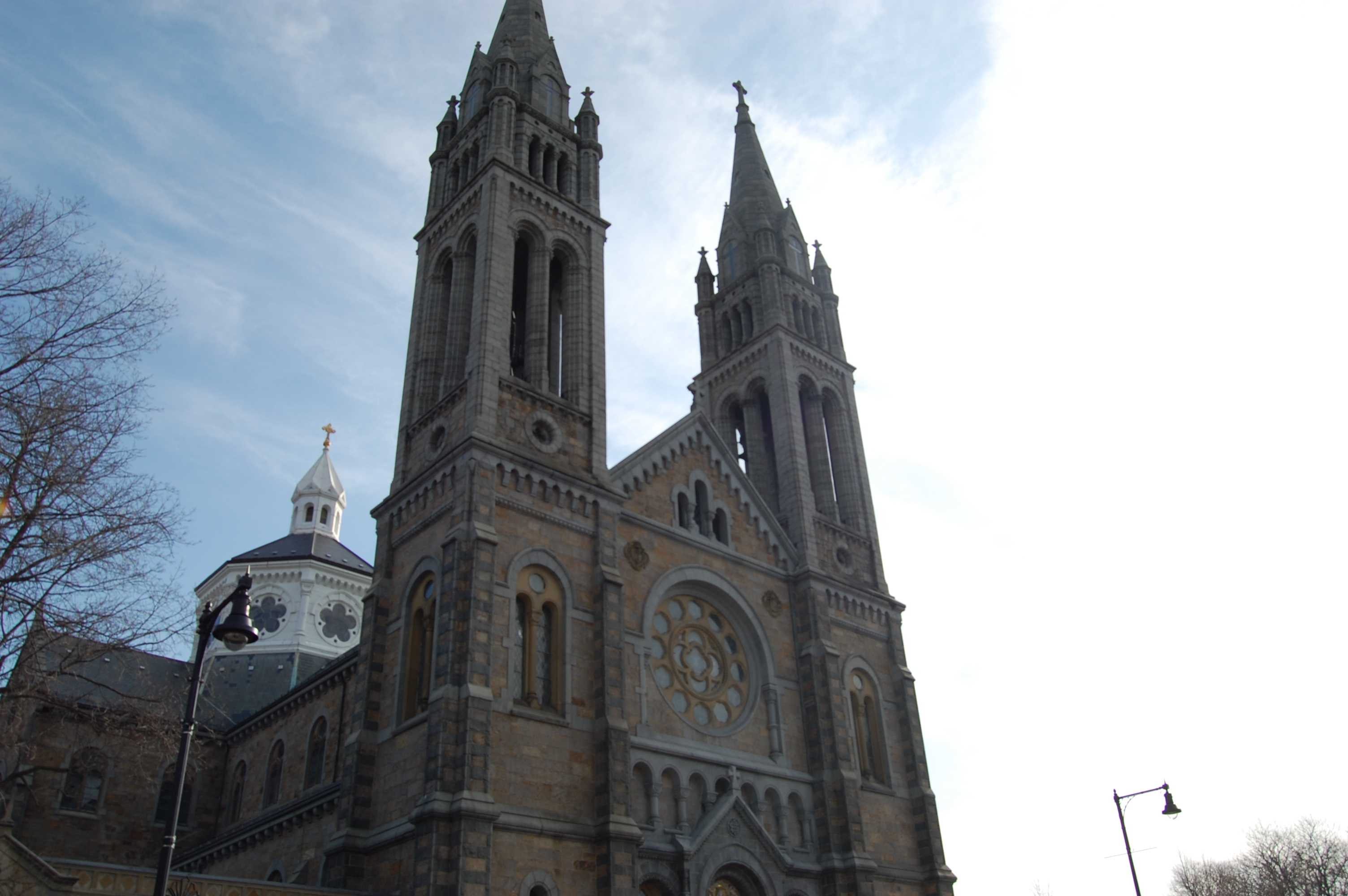
“We interact with them and have relationships with the priests, but we don’t advertise their programming,” Blake said. “We’ve done Mass on campus and Mass on Mission Hill, but I don’t know if we’re going to continue on that path.”
Blake said they do a lot of campus outreach for the center, with tabling, distributing flyers and promoting events. The Mission Church, though, doesn’t tap into that outreach.
Bluestone said the trend of these neighborhoods filling with college students is unlikely to reverse in the foreseeable future, so the tides will likely carry the Mission Church further toward financial pain and empty pews. Meanwhile, places like the Christian Science Church or the ISB are hard at work planning for and opening its doors to students.
“[The students are] certainly not anywhere near as integrated in their community as the people they displaced,” Bluestone said. “The people they displaced were probably more active in their precinct politically and in their parish religiously. These young people are more connected to their university, their employer, or some social gathering other than church or political organization.”
